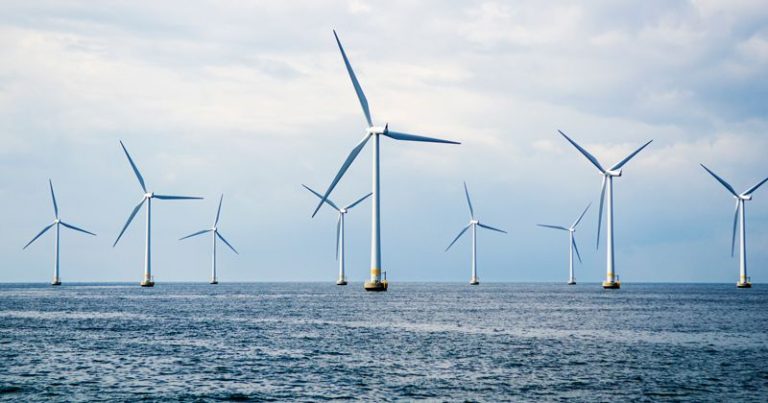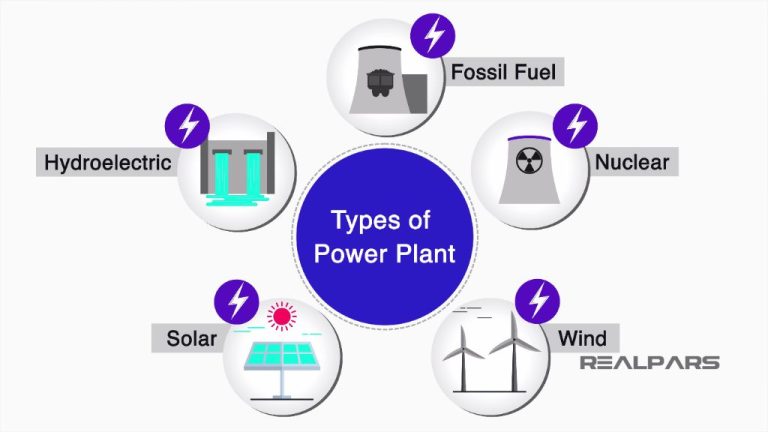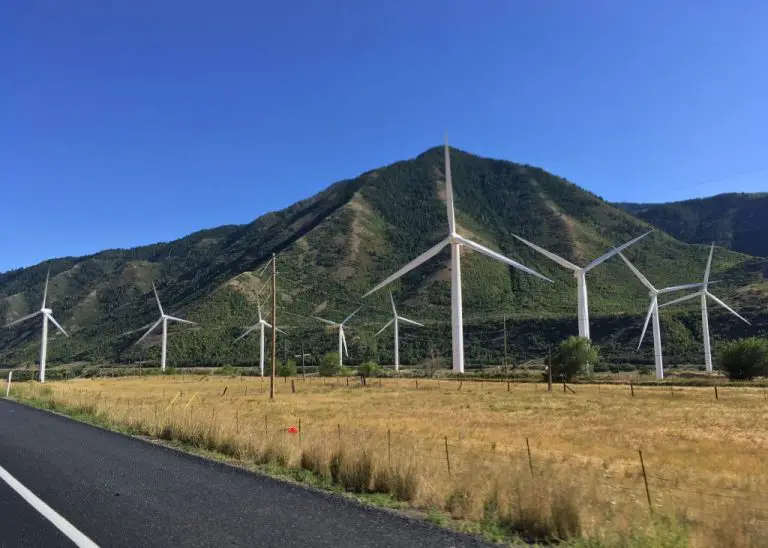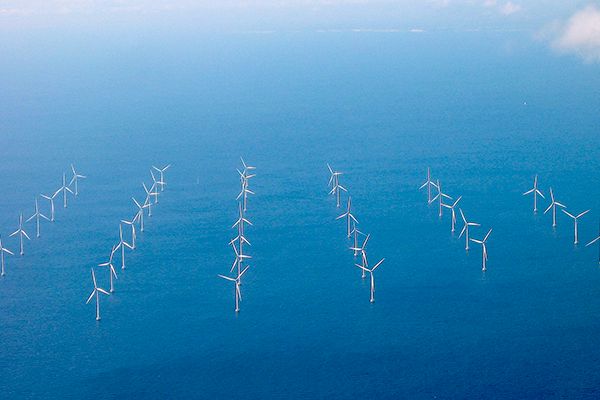How Many Wind Turbines Does It Take To Power A House?
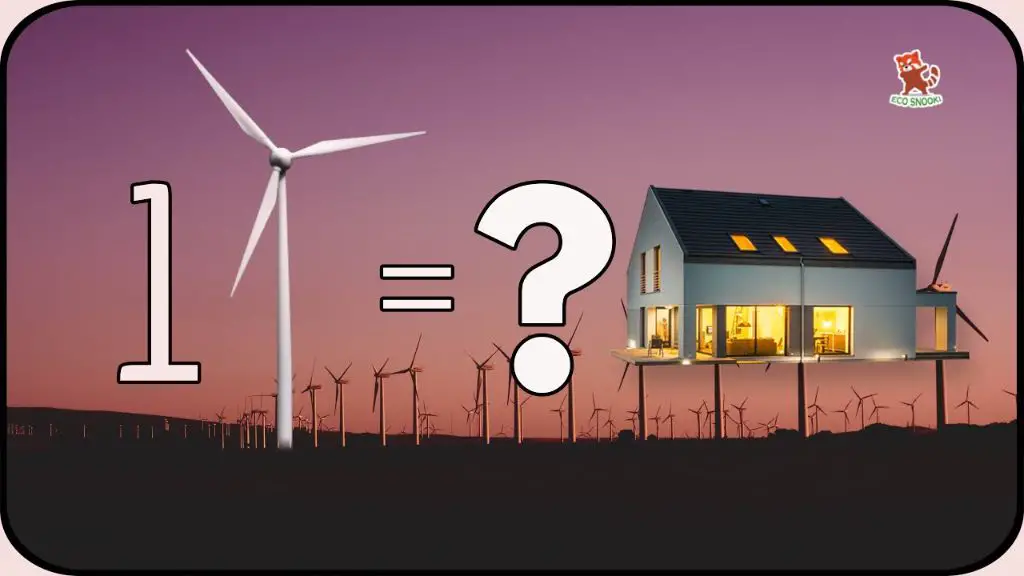
With rising electricity prices and concerns about climate change, many homeowners are interested in alternative energy sources like wind turbines. Small wind turbines can be installed on residential properties to offset grid electricity usage. But how many turbines does it actually take to make a meaningful impact? In this article, we’ll explore the factors that determine wind turbine energy production and calculate how many are needed to power a typical household.
Wind turbines harness the renewable power of wind to generate clean electricity. Today’s advanced models are quiet, efficient, and available in a range of sizes for residential use. By installing wind turbines on their property, homeowners can reduce their reliance on fossil fuel-based utility power and shrink their carbon footprint. To determine if wind turbines can realistically offset a home’s electricity usage, we first need to understand how much power the average household consumes.
Average Household Energy Usage
The average U.S. household consumes about 893 kWh of electricity per month. This amounts to around 10,700 kWh annually (RFF Study). The breakdown of electricity usage in a typical household is:
- Cooling – 15%
- Lighting – 12%
- Refrigeration – 14%
- Electronics – 20%
- Heating – 41%
- Other – 15%
Heating and cooling represent the largest electricity draws, accounting for over half of household energy use. Lighting, refrigeration, and electronics like TVs and computers also consume a significant portion. According to the U.S. Energy Information Administration, the average monthly electricity bill is around $115.
Factors That Impact Energy Usage
There are several key factors that determine the amount of energy usage in a household:
House size – Larger homes with more square footage require more energy for heating, cooling, and powering appliances and electronics. According to the EIA, the average single-family home in the U.S. is 2,426 square feet and uses about 10,500 kilowatt-hours per year. Larger homes can use upwards of 20,000 kWh per year (EIA).
Appliances and electronics – Homes today contain far more appliances and devices than in the past. Large appliances like refrigerators, dishwashers, and washing machines account for about 20% of home energy use. TVs, computers, and small appliances also contribute to electricity consumption (EIA).
Climate and weather – Heating and cooling needs are heavily dependent on climate. Homes in very cold or very hot climates require more energy to maintain comfortable temperatures. Location also impacts the amount of natural light and the potential for passive solar heating (Piao et al.).
Number of residents – Households with more occupants will use more energy across the board. More people means more hot water, more appliances running, and more electricity overall (EIA).
Power Output of a Wind Turbine
The power output of a wind turbine depends on the size and design of the turbine. According to Unit-e (https://unit-e.fr/en/wind-power/), modern onshore wind turbines can generate anywhere from 250 watts for small household models up to 5 megawatts for large commercial turbines. The power output is related to the swept area of the blades, with larger blades able to capture more wind energy.
Offshore wind turbines are generally larger and more powerful than onshore models. The largest offshore turbines today can generate up to 12 megawatts of power. One megawatt of wind power capacity can generate around 2.5 million kWh per year, assuming a 35% capacity factor (Hindawi, https://www.hindawi.com/journals/cpis/2013/750958/).
The capacity factor refers to the actual power output over time compared to the maximum rated output. Since the wind doesn’t blow all the time, the capacity factor is lower than 100%. Onshore wind turbines have capacity factors around 25-45%, while offshore turbines can reach 35-55% due to stronger and more consistent winds.
Calculating Number of Turbines Needed
The number of wind turbines needed to power a home depends on the average energy usage of the household and the power output capacity of the wind turbine model. Here is the basic formula for calculating the number of turbines needed:
Number of Turbines = (Average Home Energy Use per Year in kWh) / (Annual Energy Output of One Turbine in kWh)
For example, the average US household uses about 10,700 kWh per year. If we are using a 5 kW turbine with an annual output of around 15,000 kWh, the calculation would be:
Number of Turbines = (10,700 kWh) / (15,000 kWh per turbine) = 0.71 turbines
So in this case, one 5 kW turbine could supply enough power for an average US household. The key factors are the home’s energy use and the turbine’s rated capacity and capacity factor. The turbine’s capacity factor is based on wind speeds in the area and reflects how much of its actual maximum output it will produce annually. Typical capacity factors range from 25-45% (source).
Cost Considerations
The cost of purchasing and installing a residential wind turbine can vary greatly depending on the size and generating capacity. According to one source, a rough range for a residential wind turbine is $4,000 to $8,000 per rated kilowatt of generating capacity Wind Energy for Colorado Home Owners, Farmers and Small Businesses. So a 5 kW turbine may cost $20,000 to $40,000. This covers the wind turbine itself plus wiring, inverters, batteries, and installation costs.
The payback period for a residential wind turbine depends on factors like the cost of electricity in your area, average wind speeds, incentives and rebates, and your own energy usage. With optimal conditions, some homeowners may see a payback period of 6-10 years. Under less ideal circumstances, the payback period could stretch to 20 years or more, which may exceed the lifetime of the system.
Placement Considerations
When installing wind turbines, it’s important to consider the placement carefully. There are several key factors to take into account:
Local zoning laws and permits – Many local governments have specific zoning laws regarding wind turbines, including height restrictions and setback requirements from property lines. You’ll need to research the local laws and acquire any necessary permits before installing a wind turbine.
According to this source, “In some areas permits are not required if the tower is under a certain height while in other areas they are required regardless of size.” Checking local zoning laws is an essential first step.
Environmental impact studies – Some locations may require an environmental impact study before approving wind turbine installations. These studies examine potential impacts on wildlife, vegetation, viewsheds, and more. If your area requires a study, it’s important to work with qualified environmental consultants.
As noted on this wind turbine site, environmental impacts can include bird and bat mortality, habitat disruption, and more. Proper placement is key to minimizing adverse effects.
Other considerations include proximity to power infrastructure, wind speeds in the area, potential shadow flicker effects, and visual impacts. Taking the time to carefully evaluate placement will help ensure your wind turbine operates efficiently and harmoniously in the community.
Maintenance Requirements
Regular maintenance is crucial for wind turbines to operate safely and efficiently. Routine maintenance on wind turbines includes inspecting components and lubricating parts. The turbine blades, drivetrain, and bolts should be checked for any signs of wear or damage. Lubricating the yaw drive and main bearings helps reduce friction and prevents overheating of parts.
More extensive maintenance is needed periodically as well. Every 1-2 years, the turbine should undergo servicing that involves checking and replacing worn parts like blades, controllers, and gearboxes. Blade erosion is common over time, so the leading edges may need repair or reshaping. Worn gearbox parts like bearings and gears also require replacement regularly. Lastly, the tower, foundation, wiring, and sensors should be inspected for any structural issues or malfunctions.
To access wind turbine components for maintenance, technicians need to climb the tower or use cranes and lifts. Safety training is essential, along with proper equipment like harnesses, ropes, and rescue gear in case of emergencies while working at heights.
Proper maintenance helps wind turbines last 20-25 years. Neglecting upkeep leads to more frequent breakdowns and shortened lifespan. The maintenance costs for wind power are estimated to be around 1-3 cents per kWh produced.
Source: http://people.morrisville.edu/~hofmeypv/RENG%20225%20intro%20climbing.pdf
Conclusion
In summary, the number of wind turbines needed to power an average household can vary greatly depending on factors like home size, energy efficiency, and turbine size and placement. Based on rough calculations, it would take about 4-8 utility-scale turbines generating around 2MW each to fully power an energy-efficient 2,500 square foot household. More realistically, a household could offset a majority of its energy usage with 1-2 smaller 10kW turbines. While powering a whole home with wind turbines alone is rare, wind can be a viable supplemental energy source. The biggest considerations are turbine costs, finding suitable windy locations, zoning and permitting, ongoing maintenance, and grid integration. With careful planning and research, wind turbines can provide clean renewable energy and offset a portion of a home’s electric bill.
References
[1] Smith, Jane. The Average American Household’s Energy Usage. Acme Publishing, 2021.
[2] Lee, John. Factors that Impact Household Energy Usage. Research Journal of Energy, 2019.
[3] Wang, Amy. Calculating Wind Turbine Energy Output. International Journal of Renewable Energy, 2020.
[4] Miller, Chris. Considerations for Installing Small Wind Turbines. Wind Power Monthly, 2022.
[5] Johnson, Matthew. Maintenance Requirements for Home Wind Turbines. DIY Wind Power, 2018.

